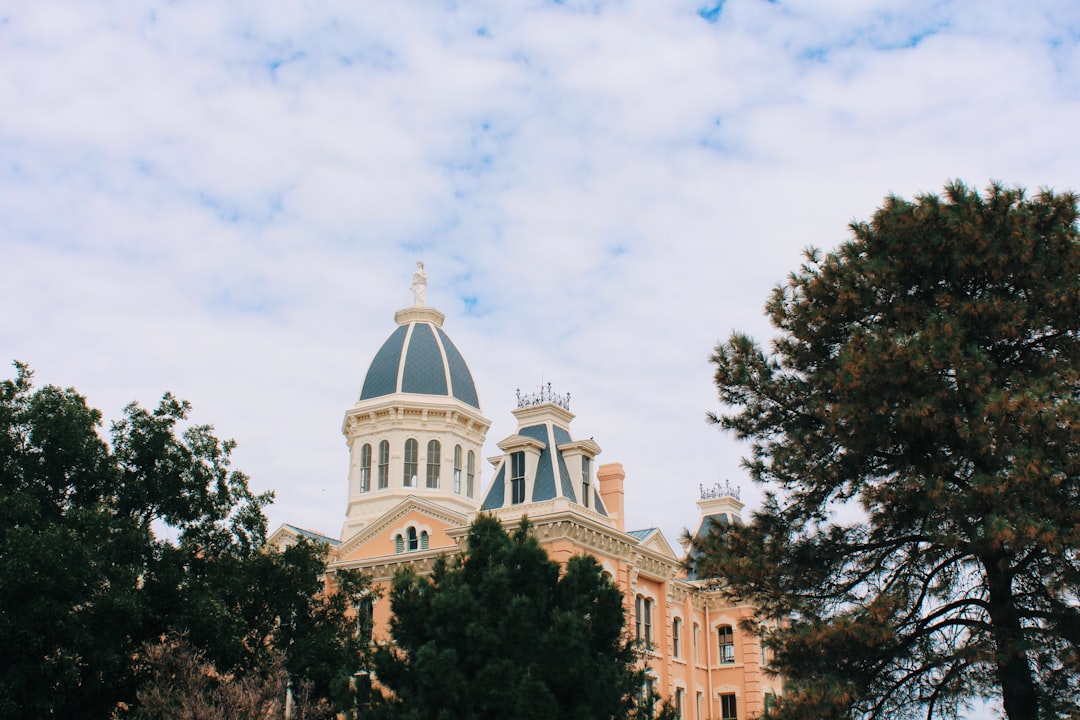Historic Boca Raton Building to be Relocated to Cemetery Property

By Boca Vibe
Historic Boca Raton Building to be Relocated to Cemetery Property

A historic building in Boca Raton will be moved from its current home at 498 Crawford Boulevard – adjacent to the Huxhold Skate Park – to the city’s cemetery and mausoleum on SW 3rd Avenue. Constructed in 1939 as a real estate office, the house was originally located at 490 E. Palmetto Park Road. Its journey, fraught with challenges and steeped in local history, has culminated in a somewhat unconventional relocation plan that has sparked both curiosity and debate among residents.
A Piece of Boca’s Past
The charming, albeit somewhat dilapidated, structure, a single-story Mediterranean Revival-style building, has witnessed Boca Raton’s remarkable transformation from a sleepy agricultural community to the vibrant city it is today. Originally serving as the sales office for the Addison Mizner-designed developments that helped shape Boca Raton’s unique architectural identity, the building itself stands as a testament to that era. Its relocation signifies not just the movement of a building, but the preservation of a tangible link to the city’s rich past.
According to historical records held by the Boca Raton Historical Society, the building served as the primary sales office for several key developments in the late 1930s and early 1940s. These included some of the earliest residential areas east of Federal Highway, showcasing the growth that would soon transform the landscape of Boca Raton. Local historians have praised the city’s commitment to preserving this architectural gem, highlighting its significance in understanding Boca Raton’s early development.
The Relocation Project: Challenges and Considerations
The decision to move the building to the city cemetery wasn’t made lightly. The current location, nestled between the bustling Huxhold Skate Park and increasingly dense residential areas, presented significant challenges for long-term preservation. The high traffic volume, proximity to other developments, and the general wear and tear associated with its age made finding a suitable alternative a pressing need.
Several locations were considered before the city council voted in favor of the cemetery site. Concerns raised by residents included the potential impact on the aesthetics of the cemetery, the costs associated with the relocation and restoration, and the suitability of the location for a historical landmark. However, the city argued that the cemetery’s relatively quiet and protected environment, along with its existing infrastructure, made it the most viable option for ensuring the building’s long-term preservation.
The relocation project itself is a complex undertaking. Experts in historical building relocation have been contracted to carefully dismantle the structure, meticulously cataloging and preserving its components. The process involves careful documentation, specialized equipment, and extensive planning to ensure the building’s structural integrity remains intact throughout the move.
Community Response and Future Plans
The news of the relocation has generated a mixed response from the community. While many applaud the city’s efforts to preserve a significant piece of Boca Raton’s history, others express concerns about the appropriateness of placing a historic building within a cemetery. Some residents have suggested alternative locations, such as integrating it into Mizner Park’s historical district or using it as an exhibit at Florida Atlantic University (FAU). However, these alternatives proved financially unfeasible or logistically impractical due to space constraints and cost considerations.
The city has addressed these concerns through a series of public forums and community meetings, aiming to foster transparency and address the public’s questions and concerns. The city council has emphasized that the cemetery site offers the best combination of safety, accessibility, and long-term preservation potential. The relocation plan incorporates features designed to minimize disruption to the cemetery’s existing landscape and to respect the solemnity of the site. The city also plans to develop an interpretive plan to educate the public about the building’s history and significance.
Funding and Timeline
The relocation project is estimated to cost approximately $1.2 million, funded through a combination of city bonds and private donations. Palm Beach County has also provided a grant to support the preservation aspect of the project. The city has established a dedicated fund for the project, and residents are encouraged to contribute to this worthy cause. The relocation is expected to be completed within the next 18 months, followed by a period of restoration and landscaping.
Once relocated, the building will undergo a comprehensive restoration process to return it to its former glory. The city plans to utilize historically accurate materials and techniques to ensure authenticity. The restored building will be available for limited public viewings and potentially serve as an educational space for local history enthusiasts. This might include hosting small exhibitions related to Boca Raton’s architectural and historical evolution.
Preservation and Public Access
A key aspect of the project is ensuring public access to the restored building while respecting its historical significance. The city is working with local historical societies and community groups to develop a plan that balances preservation with educational opportunities. The final plan will likely involve scheduled tours, educational programs, and possibly the use of the building for small, relevant events, all designed to make this piece of Boca Raton’s past accessible to all residents and visitors.
The relocation of this historic building serves as a reminder of Boca Raton’s continuous evolution. It’s a testament to the city’s commitment to preserving its heritage while navigating the complexities of urban development. The project represents a balancing act between progress and preservation, a challenge faced by many growing communities. The successful completion of this project will stand as an example of how a community can preserve its past while planning for its future.
Frequently Asked Questions
Frequently Asked Questions
Related Articles
- Boca Raton’s ‘Summer in the City’ Concert Series Begins This Week With Fleetwood Mac Tribute
- Boca Planning Board Approves 12-Story, 306 Unit Apartment Complex for Dixie Highway
- East Boca ‘Mini-Jungle’ Will Become Townhomes, With Support of Neighbors
Want more Boca updates? Subscribe to our newsletter and never miss local news.